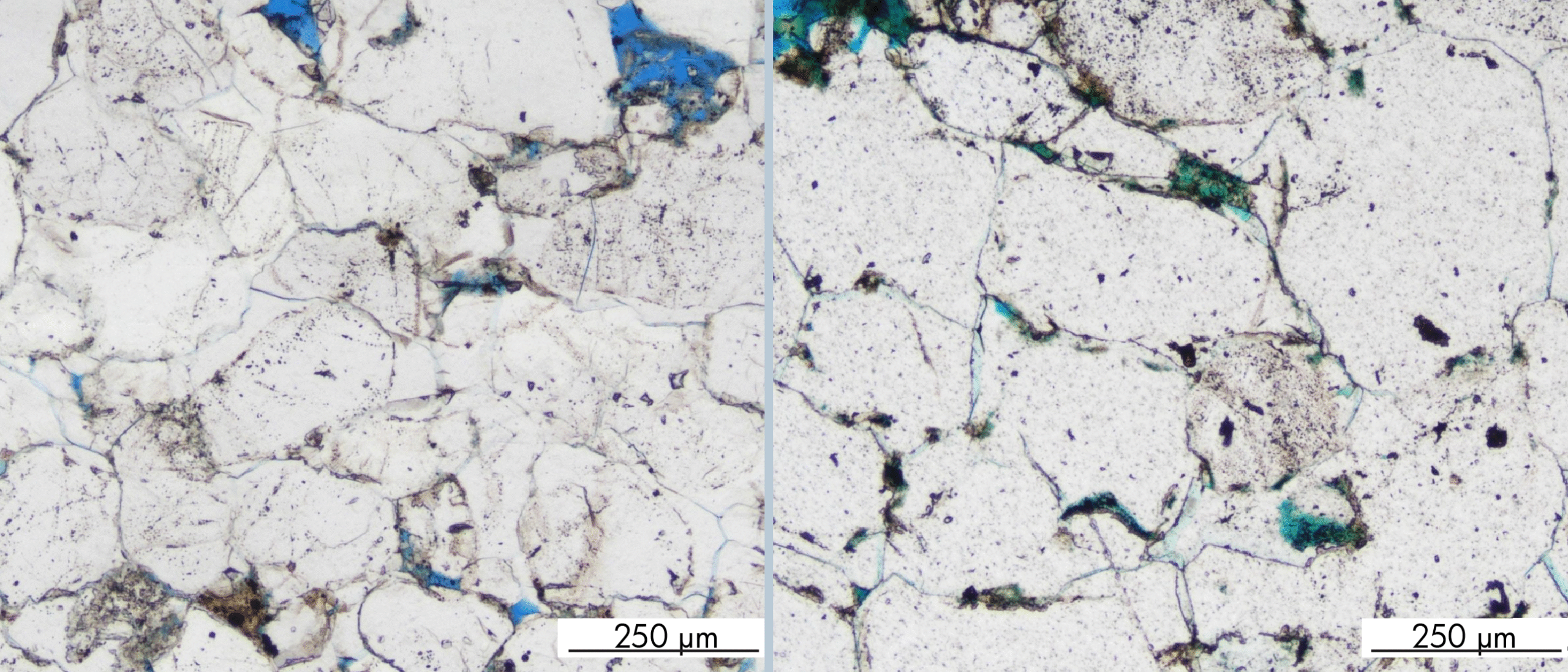Last month, operator Equinor (55%) and partners PGNiG (30%) and Longboat (15%) spudded well 6407/1-9 in PL939 in the Norwegian Sea, targeting the Egyptian Vulture prospect in Lower Cretaceous turbiditic sandstones of the Lange Fm. This is the second well spud Longboat is partnering in on the Norwegian Continental Shelf, with the 7122/6-3S targeting the Rødhette prospect in the Barents Sea being the start of an ambitious campaign of a total of seven wells.
De-risked from a strong AVO anomaly, the prospect may contain a gross mean volume of 103 MMboe (64% gas, 36% oil) according to partner Longboat, with an upside that could more than double the size. The prospect is a stratigraphic trap, with a pinch out towards the north, dip closure towards the south, and bounded by faults towards the east and west.

Situated in an established part of the Norwegian Sea petroleum province; fields such as Tyrihans and Trestakk in classic Middle Jurassic reservoirs can be found on either side of the prospect. Given this close proximity to existing fields, the question could be asked as to why the well is only being drilled now. The answer probably lies in a combination of perceived risk and more of an urgency to now start adding additional reserves to the declining fields in the vicinity.
The main risk associated to the prospect as defined by Longboat is, not surprisingly, reservoir quality and thickness. It may be that the recently completed dry Black Vulture appraisal well can also be explained by a lack of reservoir connectedness or quality, further emphasising the key risks associated to this play that often relies on subtle and low relief closures as well.
If 6407/1-9 is successful, the nearby undeveloped discoveries Solberg and Rodriguez – also in Cretaceous sandstones – may be looked at again as a potential joint development.
HENK KOMBRINK





